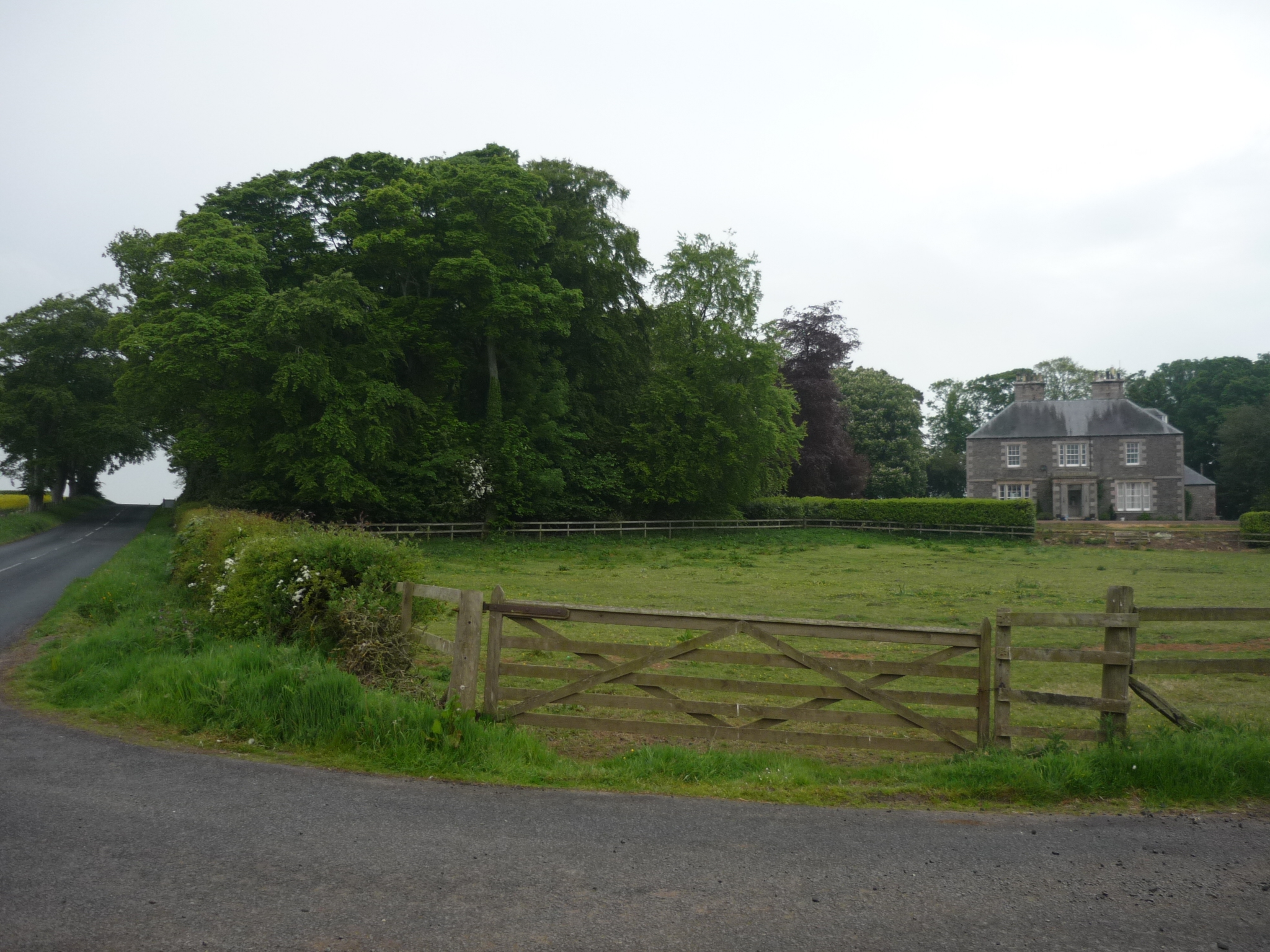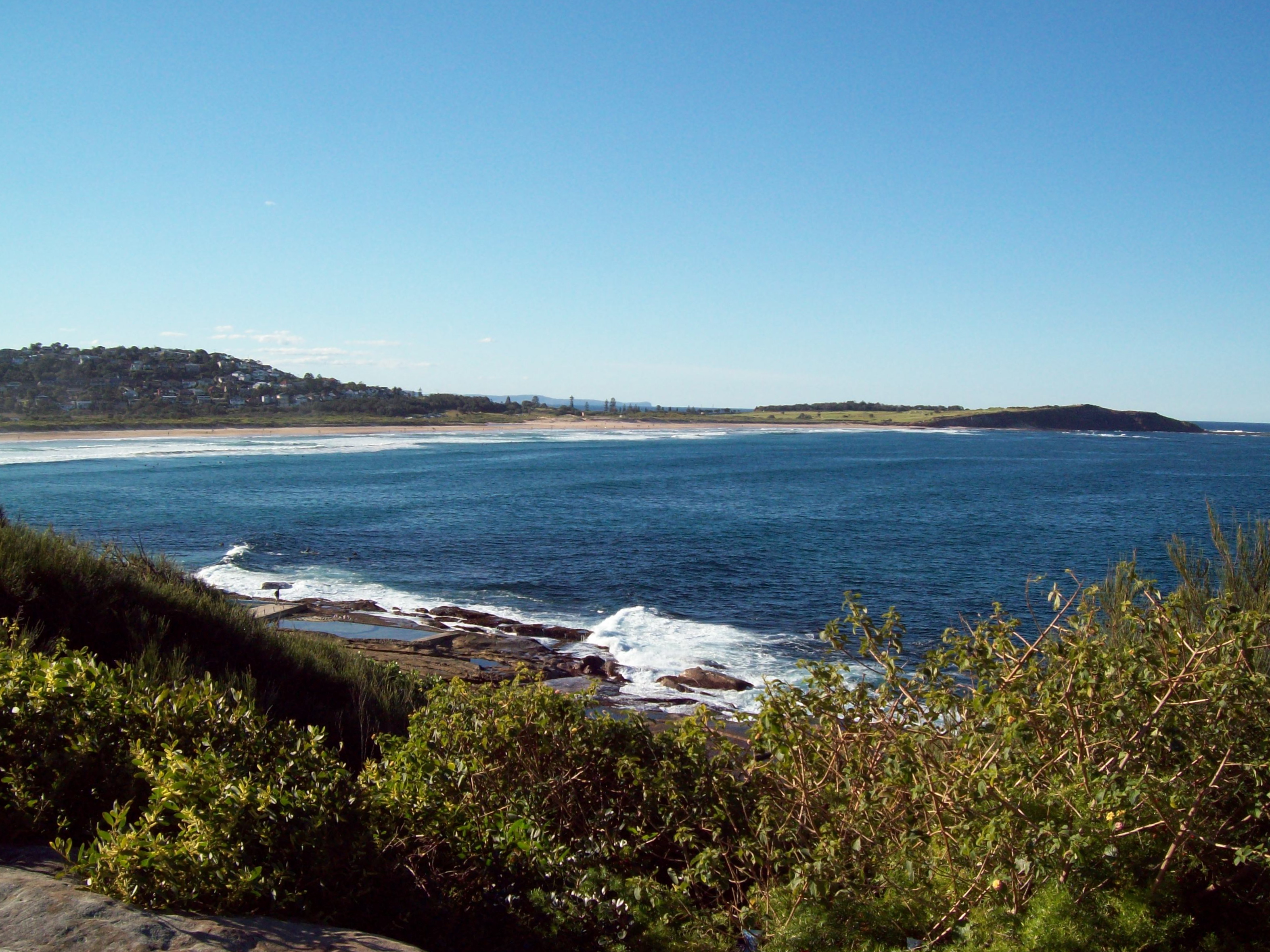|
James Muir Auld
James Muir Auld (19 June 1879 – 8 June 1942) was an Australian artist. His works are signed J. Muir Auld. Auld was born in Ashfield, New South Wales, third son of Presbyterian minister, Reverend John Auld (–1912) and his wife, Georgina née Muir. Auld attended Ashfield Public School and later, Sydney Grammar School. He worked as a clerk for the Ashfield Borough Council and enrolled in night classes in drawing at Ashfield Technical School. He spent spare time drawing and sketching the foreshores of Sydney Harbour. Artistic career Auld studied under J. S. Watkins and Julian Ashton, and began to exhibit at the Royal Art Society of New South Wales around 1906. He contributed black and white drawings to '' The Bulletin'' and ''The Sydney Mail''. In 1909 he travelled to London to study the work of English painters. There he had work accepted for ''London Opinion'' and other journals. Returning to Australia about 1911, he worked in Sydney on landscapes and figure subjects, and ... [...More Info...] [...Related Items...] OR: [Wikipedia] [Google] [Baidu] |
Wynne Prize
The Wynne Prize is an Australian landscape painting or figure sculpture art prize. As one of Australia's longest-running art prizes, it was established in 1897 from the bequest of Richard Wynne. Now held concurrently with the Sir John Sulman Prize and the Archibald Prize at the Art Gallery of New South Wales in Sydney. It is awarded annually for "the best landscape painting of Australian scenery in oils or watercolours or for the best example of figure sculpture by Australian artists completed during the 12 months preceding the losingdate". Many of Australia's most famous artists have won the prize, including William Dobell, Brett Whiteley, Hans Heysen, Lloyd Rees, Fred Williams, William Robinson, Eric Smith, Nyapanyapa Yunupingu, and Sali Herman Sali Herman (12 February 1898 – 3 April 1993) was a Swiss-born Australian artist, one of Australia's Official War Artists for the Second World War. Life and career Herman arrived in Melbourne in 1937 and enlisted in the Aust ... [...More Info...] [...Related Items...] OR: [Wikipedia] [Google] [Baidu] |
List Of Archibald Prize 1923 Finalists
This is a list of finalists for the 1923 Archibald Prize for portraiture, listed by Artist and ''Title.'' As the images are copyright, an external link to an image has been listed where available. See also * Previous year: List of Archibald Prize 1922 finalists * Next year: List of Archibald Prize 1924 finalists * List of Archibald Prize winners * Lists of Archibald Prize finalists References {{Archibald Prize 1923 Archibald Archibald Archibald is a masculine given name, composed of the Germanic elements '' erchan'' (with an original meaning of "genuine" or "precious") and ''bald'' meaning "bold". Medieval forms include Old High German and Anglo-Saxon . Erkanbald, bishop of ... Archibald Prize 1923 Archibald Prize 1923 ... [...More Info...] [...Related Items...] OR: [Wikipedia] [Google] [Baidu] |
List Of Archibald Prize 1922 Finalists
This is a list of finalists for the 1922 Archibald Prize for portraiture. (listed is Artist – ''Title'') As the images are copyright, an external link to an image has been listed where available. See also *Previous year: List of Archibald Prize 1921 finalists *Next year: List of Archibald Prize 1923 finalists *List of Archibald Prize winners *Lists of Archibald Prize finalists References {{Archibald Prize 1922 Archibald Archibald Archibald is a masculine given name, composed of the Germanic elements '' erchan'' (with an original meaning of "genuine" or "precious") and ''bald'' meaning "bold". Medieval forms include Old High German and Anglo-Saxon . Erkanbald, bishop of ... Archibald Prize 1922 Archibald Prize 1922 ... [...More Info...] [...Related Items...] OR: [Wikipedia] [Google] [Baidu] |
Archibald Prize
The Archibald Prize is an Australian portraiture art prize for painting, generally seen as the most prestigious portrait prize in Australia. It was first awarded in 1921 after the receipt of a bequest from J. F. Archibald, J. F. Archibald, the editor of ''The Bulletin (Australian periodical), The Bulletin'' who died in 1919. It is administered by the trustees of the Art Gallery of New South Wales and awarded for "the best portrait, preferentially of some man or woman distinguished in Art, Letters, Science or Politics, painted by an artist resident in Australia during the twelve months preceding the date fixed by the trustees for sending in the pictures". The Archibald Prize has been awarded annually since 1921 (with two exceptions) and since July 2015 the prize has been Australian dollar, AU$100,000. Winners *List of Archibald Prize winners Prize money *1921 – £400 *1941 – £443 / 13 / 4 *1942 – £441 / 11 / 11 *1951 – £500 *2006 – $35,000 *2008 – $50,00 ... [...More Info...] [...Related Items...] OR: [Wikipedia] [Google] [Baidu] |
William Henry Ogilvie
Will H. Ogilvie (21 August 1869 – 30 January 1963) was a Scottish-Australian narrative poet and horseman, jackaroo, and drover, and described as a quiet-spoken handsome Scot of medium height, with a fair moustache and red complexion. He was also known as Will Ogilvie, by the pen names including 'Glenrowan' and the lesser 'Swingle-Bar', and by his initials, WHO. Ogilvie was part of the trio of Australian bush poets, with Banjo Paterson (1864–1941) and Henry Lawson (1867–1922). His ''Fair girls and gray horses'' (1896) was considered second only to Banjo Paterson's '' Man from Snowy River'' (1895). A reader ballot in 1914 saw him placing seventh of Australia's twelve most favourite poets.The 1914 Melbourne's ''Herald'' ballot ranked the top twelve of one hundred and ten favourite Australian poets as: 1st Adam Lindsay Gordon, Henry Kendall, Bernard O'Dowd, Victor Daley, Henry Lawson, Banjo Paterson, Will H. Ogilvie, James Brunton Stephens, Roderic Quinn, Mary Gilmor ... [...More Info...] [...Related Items...] OR: [Wikipedia] [Google] [Baidu] |
Manly, New South Wales
Manly is a beach-side suburb of northern Sydney, in the state of New South Wales, Australia. It is north-east of the Sydney central business district and is currently one of the three administrative centres of the Local government in Australia, local government area of Northern Beaches Council. Manly has a long-standing reputation as a Tourism, tourist destination, owing to its attractive setting on the Pacific Ocean and easy accessibility by Sydney Ferries, ferry. History Manly was named by Arthur Phillip, Captain Arthur Phillip for the Australian aborigine, Indigenous people living there, stating that "their confidence and manly behaviour made me give the name of Manly Cove to this place". These men were of the Kay-ye-my clan (of the Dharug-speaking Gayemaygal people). While scouting for fresh water in the area, Phillip encountered members of the clan, and after a misunderstanding he was speared in the shoulder by one of the clan as a punishment ritual; the progressively-min ... [...More Info...] [...Related Items...] OR: [Wikipedia] [Google] [Baidu] |
Queensland Art Gallery
The Queensland Art Gallery (QAG) is an art museum located in South Bank, Brisbane, Queensland, Australia. The gallery is part of QAGOMA. It complements the Gallery of Modern Art (GOMA) building, situated only away. The Queensland Art Gallery is owned and operated by the Government of Queensland, which created the institution in 1895 as the Queensland National Art Gallery. History The gallery was established in 1895 as the Queensland National Art Gallery. Throughout its early history the gallery was housed in a series of temporary premises. In the 1960s it shared premises with the Queensland Museum. Sir Leon Trout, a businessman and art collector, initiated a plan to include an art gallery in a proposed Queensland Cultural Centre in South Brisbane. The first stage of the monumental Robin Gibson-designed Queensland Cultural Centre opened on Brisbane's South Bank in 1982. The Gallery of Modern Art (GOMA) was established in 2006 which lead to the creation of a two-campus instit ... [...More Info...] [...Related Items...] OR: [Wikipedia] [Google] [Baidu] |
Art Gallery Of South Australia
The Art Gallery of South Australia (AGSA), established as the National Gallery of South Australia in 1881, is located in Adelaide. It is the most significant visual arts museum in the Australian state of South Australia. It has a collection of almost 45,000 works of art, making it the second largest state art collection in Australia (after the National Gallery of Victoria). As part of North Terrace cultural precinct, the gallery is flanked by the South Australian Museum to the west and the University of Adelaide to the east. As well as its permanent collection, which is especially renowned for its collection of Australian art, AGSA hosts the annual Festival of Contemporary Aboriginal and Torres Strait Islander Art known as ''Tarnanthi'', displays a number of visiting exhibitions each year and also contributes travelling exhibitions to regional galleries. European (including British), Asian and North American art are also well represented in its collections. the Director of A ... [...More Info...] [...Related Items...] OR: [Wikipedia] [Google] [Baidu] |
The Sun (Sydney)
''The Sun'' was an Australian afternoon tabloid newspaper, first published under that name in 1910. History ''The Sunday Sun'' was first published on 5 April 1903. In 1910 Hugh Denison founded Sun Newspaper Ltd and took over publication of the old and ailing and ''Australian Star'' and its sister ''Sunday Sun'', appointing Monty Grover as editor-in-chief. The ''Star'' became ''The Sun'', and the ''Sunday Sun'' became ''The Sun: Sunday edition'' on 11 December 1910. According to its claim, below the masthead of that issue, it had a "circulation larger than that of any other Sunday paper in Australia". Denison sold the business in 1925. In 1953, The Sun was acquired from Associated Newspapers by Fairfax Holdings in Sydney, Australia, as the afternoon companion to ''The Sydney Morning Herald''. At the same time, the former Sunday edition, the ''Sunday Sun'', was discontinued and merged with the ''Sunday Herald'' into the tabloid '' Sun-Herald''. Publication of ''The Sun'' ... [...More Info...] [...Related Items...] OR: [Wikipedia] [Google] [Baidu] |
Tuberculosis
Tuberculosis (TB) is an infectious disease usually caused by '' Mycobacterium tuberculosis'' (MTB) bacteria. Tuberculosis generally affects the lungs, but it can also affect other parts of the body. Most infections show no symptoms, in which case it is known as latent tuberculosis. Around 10% of latent infections progress to active disease which, if left untreated, kill about half of those affected. Typical symptoms of active TB are chronic cough with blood-containing mucus, fever, night sweats, and weight loss. It was historically referred to as consumption due to the weight loss associated with the disease. Infection of other organs can cause a wide range of symptoms. Tuberculosis is spread from one person to the next through the air when people who have active TB in their lungs cough, spit, speak, or sneeze. People with Latent TB do not spread the disease. Active infection occurs more often in people with HIV/AIDS and in those who smoke. Diagnosis of active TB is ... [...More Info...] [...Related Items...] OR: [Wikipedia] [Google] [Baidu] |
Dee Why
Dee Why is a coastal suburb of northern Sydney, in the state of New South Wales, Australia, 18 kilometres north-east of the Sydney central business district. It is the administrative centre of the local government area of Northern Beaches Council and, along with Brookvale, is considered to be the main centre of the Northern Beaches region. History Name The reasons for Dee Why's name remain unclear. The earliest reference to it is a pencil note in surveyor James Meehan's field book, "Wednesday, 27th Sept, 1815 Dy Beach - Marked a Honey Suckle Tree near the Beach". What it meant to him is not clear, but various claims have been put forward, including: *The letters DY were simply a marker that Meehan used to mark many other places on his map. *The name came from the local Aboriginal language that Meehan used to name many of the locations that he surveyed. *The suburb was named after Leibniz's notation for the derivative in differential calculus, ''dy''/''dx''. ... [...More Info...] [...Related Items...] OR: [Wikipedia] [Google] [Baidu] |






